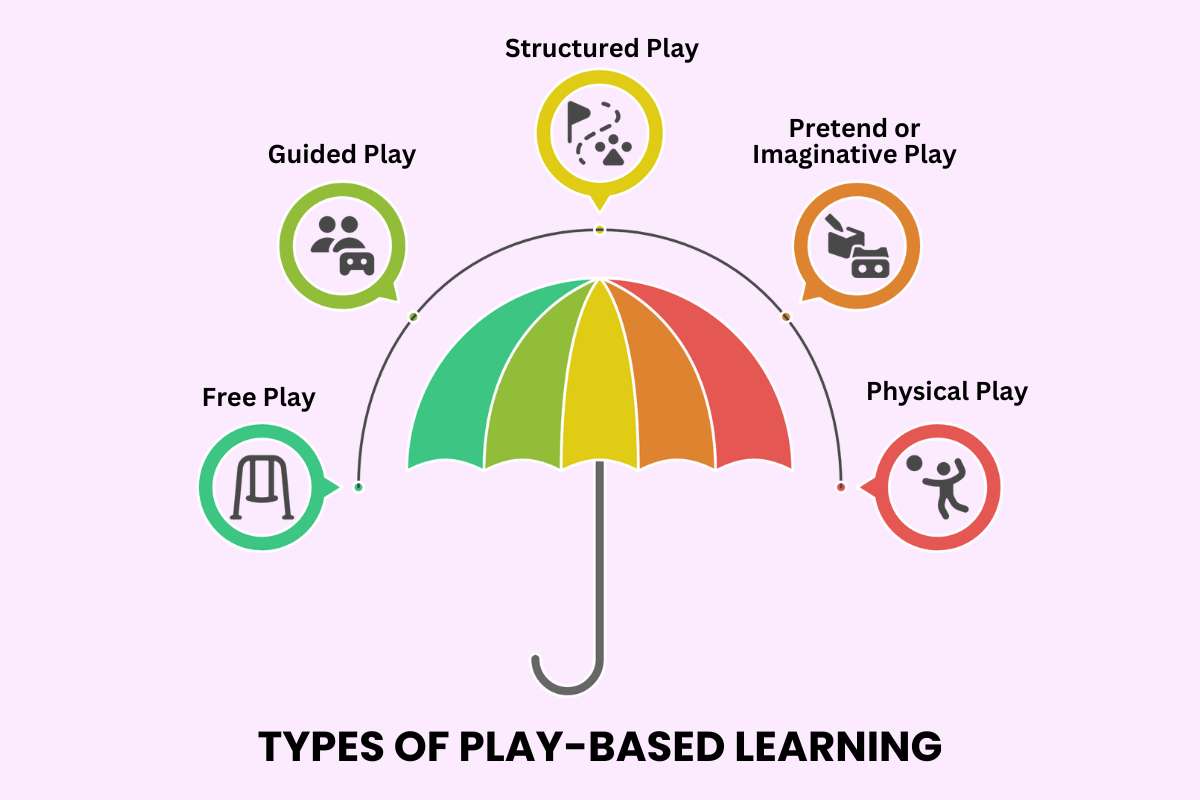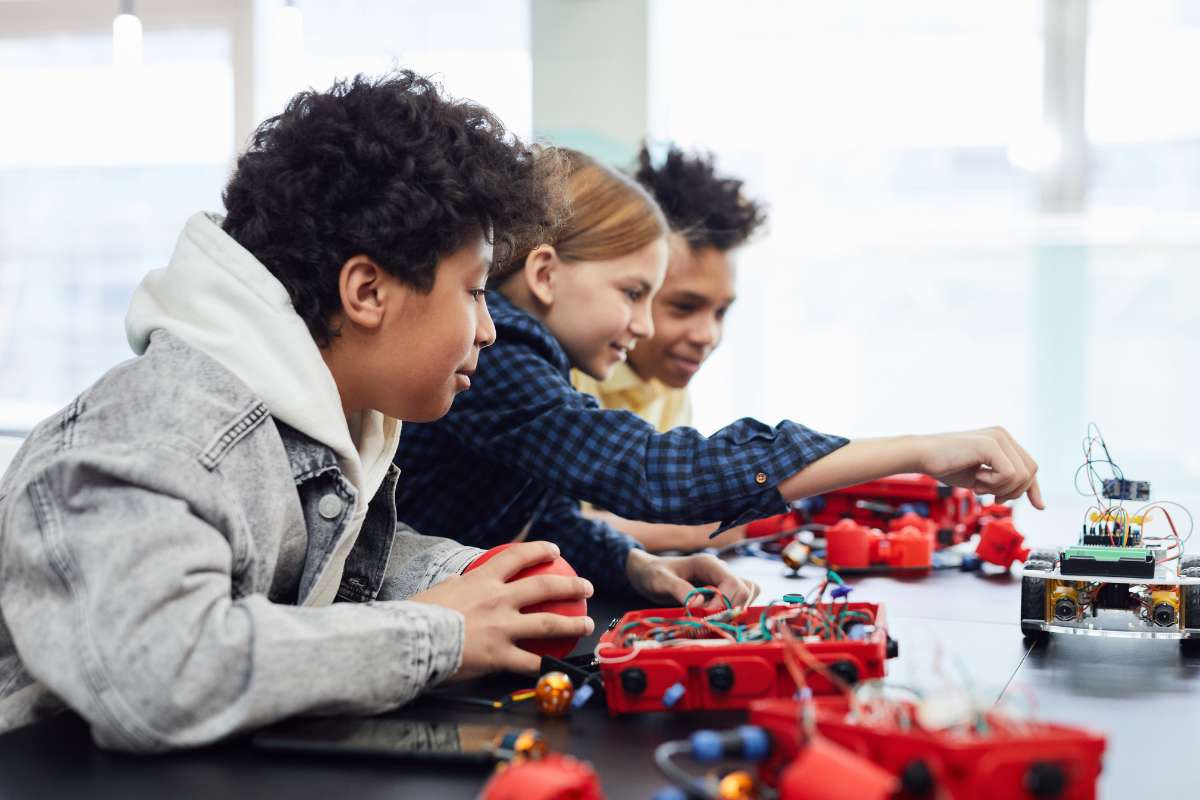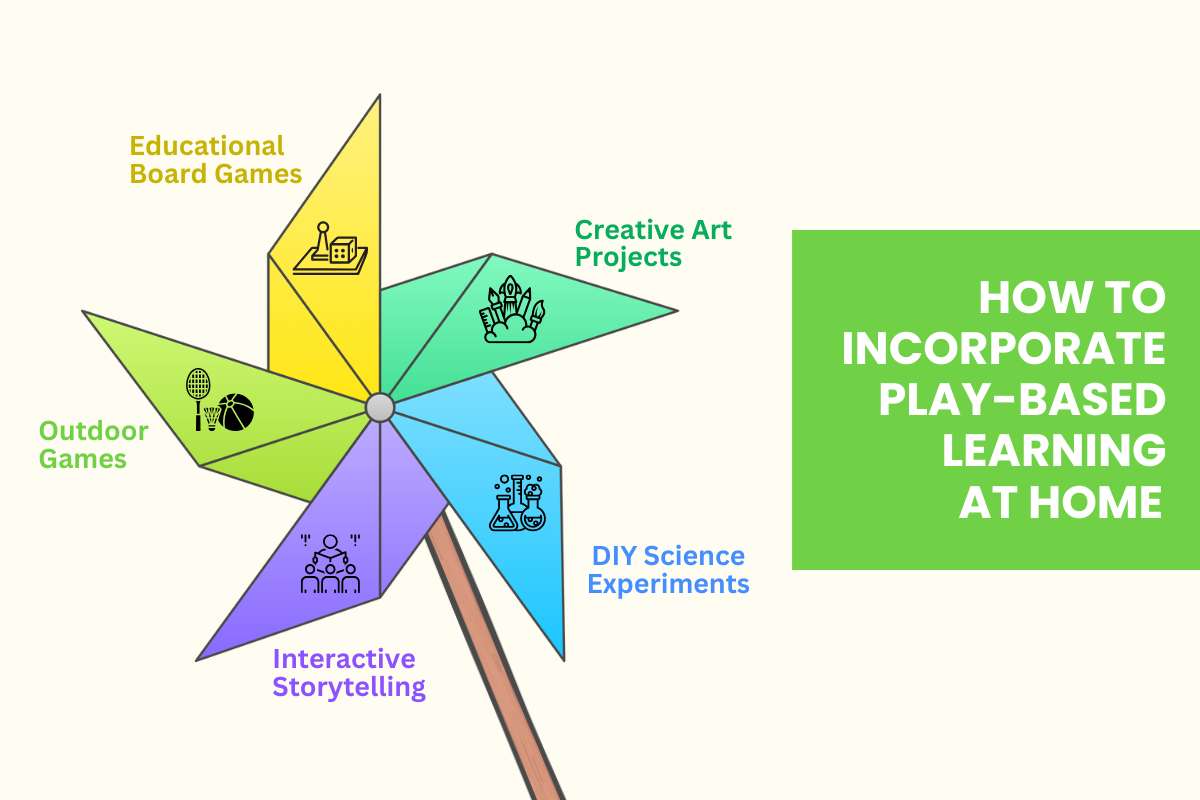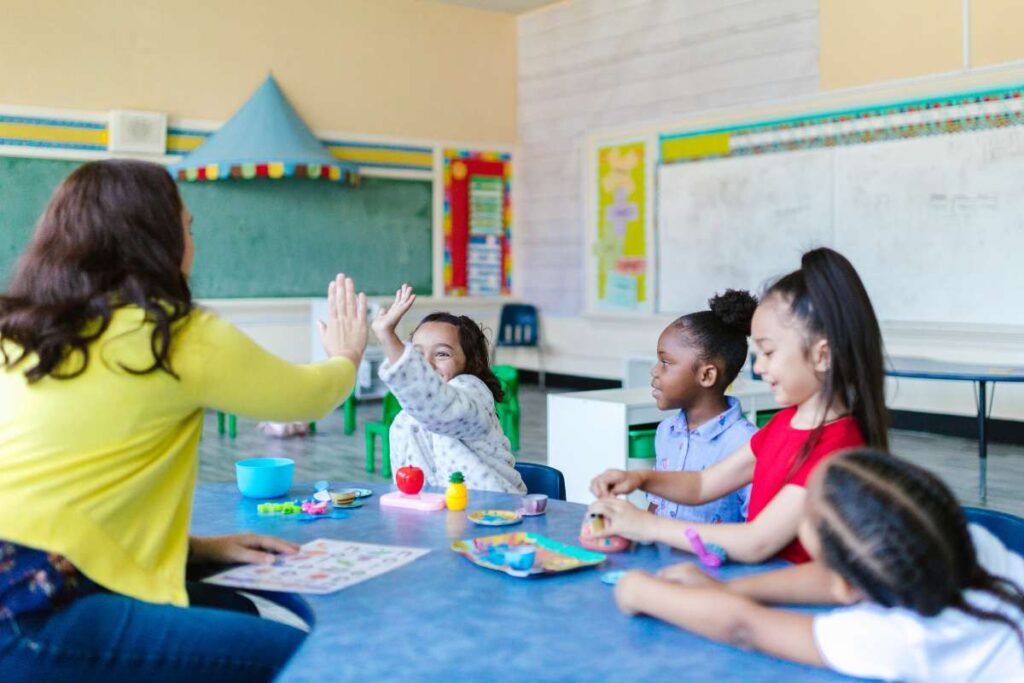Play-based Learning makes education fun and effective by using games, role-playing, and creative activities to help children develop essential skills. This blog explores its meaning, different types, and key benefits with real-life examples. From boosting creativity to improving problem-solving and teamwork, Play-based Learning helps children grow in a stress-free environment. Discover how parents and teachers can incorporate this approach to make learning enjoyable for kids.
When I was in school, learning meant sitting silently, listening to lectures, and memorizing facts. But our teacher always surprised us with a Play-based Learning session. She brought board games to teach us math. I thought, “Is this a prank?” But as we played, I realized I was learning without even noticing. I was solving problems faster and having fun at the same time. That day, I learned that Play-based Learning makes education exciting and easy to remember. In this blog, we will explore the meaning of Play-based Learning, its different types, and the many advantages with some real-life examples.
What Is Play-based Learning?
Play-based Learning is an educational approach where children learn through play. It involves activities like building blocks, role-playing, drawing, and interactive games. It promotes creativity, collaboration, and problem-solving skills. In Play-based Learning, children are free to explore, experiment, and express their ideas. It creates a fun and engaging environment where kids can learn naturally without feeling pressured. Teachers guide the activities, but children lead the learning process.
Types of Play-based Learning

Here are the main 5 types of Play-based Learning,
1. Free Play
Free play allows children to explore and interact with their surroundings without any structured rules. It gives them the freedom to make their own choices.
Benefits: Improves creativity, decision-making skills, and emotional expression.
2. Guided Play
In guided play, teachers or parents set learning objectives but allow children to explore freely. It combines structured and unstructured play.
Benefits: Enhances problem-solving skills and maintains a fun environment.
3. Structured Play
Structured play is a type of play that has specific rules and learning objectives. It often follows a lesson plan.
Benefits: Improves social skills, cooperation, and knowledge retention.
4. Pretend or Imaginative Play
In this form of play, Children use their imagination to create scenarios, which helps them develop problem-solving and social skills.
Benefits: Boosts creativity, empathy, and communication skills.
5. Physical Play
Physical play that involves movement-based activities. It helps with motor skills, coordination, and physical health.
Benefits: Improves motor skills, balance, and overall health.
Advantages of Play-based Learning with Examples

1. Boosts Creativity and Imagination
When children play, they create their stories, worlds, and ideas. This boosts their creativity and helps them think outside the box.
Example: When kids build a castle with blocks, they use their imagination and problem-solving skills to create different structures.
2. Improves Communication and Social Skills
Play encourages children to interact, share, and express themselves, helping them develop strong social skills.
Example: During group games, children learn to communicate, take turns, and solve conflicts together.
3. Develop Problem-solving Skills
Children learn how to face challenges and find solutions. It strengthens their problem-solving and decision-making skills.
Example: In a treasure hunt game, kids figure out clues and decide where to look next, boosting their critical thinking.
4. Builds Emotional Strength
Playing helps children to manage and express their emotions and understand others feelings.
Example: When kids play with dolls or action figures, they act out scenarios, helping them process feelings and understand different emotions.
5. Improves Cognitive and Memory Skills
Play-based activities challenge children’s thinking and memory, helping them understand information better.
Example: Memory card games or matching activities improve focus and sharpen memory skills.
6. Development of Physical Skills
Physical play improves coordination, motor skills, and overall physical fitness.
Example: Playing catch or running races helps kids develop balance and hand-eye coordination.
7. Encourages Independent Thinking
In Play-based Learning, children make their own choices, which builds confidence and independence.
Example: When kids play games, like running a restaurant, they take on roles and make decisions on their own.
8. Teaches Teamwork and Coordination
Group play teaches children how to collaborate and work towards shared goals.
Example: When children build a puzzle together, they learn to cooperate, share ideas, and solve it as a team.
9. Makes Learning Fun and Engaging
Learning through play is enjoyable, which keeps children interested and helps them understand information better.
Example: Learning math through board games makes it fun, helping kids practice numbers without boredom.
10. Supports Overall Development
Play-based Learning promotes physical, emotional, social, and cognitive growth, helping children develop holistically.
Example: Activities like role-playing, painting, and outdoor games build a mix of creative, social, and physical skills.
How to Incorporate Play-based Learning at Home?

Parents can also introduce Play-based learning at home to understand their children’s skills. Here are some easy ways,
- Creative Art Projects: Encourage your child to paint, draw, or create crafts.
- DIY Science Experiments: Perform simple science activities, such as mixing baking soda and vinegar, to make learning fun.
- Interactive Storytelling: Use puppets or props while reading stories to make them engaging.
- Outdoor Games: Let your child play outside with friends. It promotes physical and social development.
- Educational Board Games: Use games like Scrabble or chess to improve cognitive and strategic thinking skills.
Conclusion
Play-based Learning is not just about having fun, it helps children learn important skills in an enjoyable way. Through different types of play, kids become more creative, better at solving problems, and more confident in social situations. When children learn through play, they develop a natural curiosity and excitement for learning that stays with them as they grow. Play-based Learning provides endless ways for children to explore, think, and develop new skills. It makes learning easier, more engaging, and more effective, helping children build a strong foundation for the future. By encouraging play in education, we give kids the best chance to grow into smart, independent, and happy learners.

